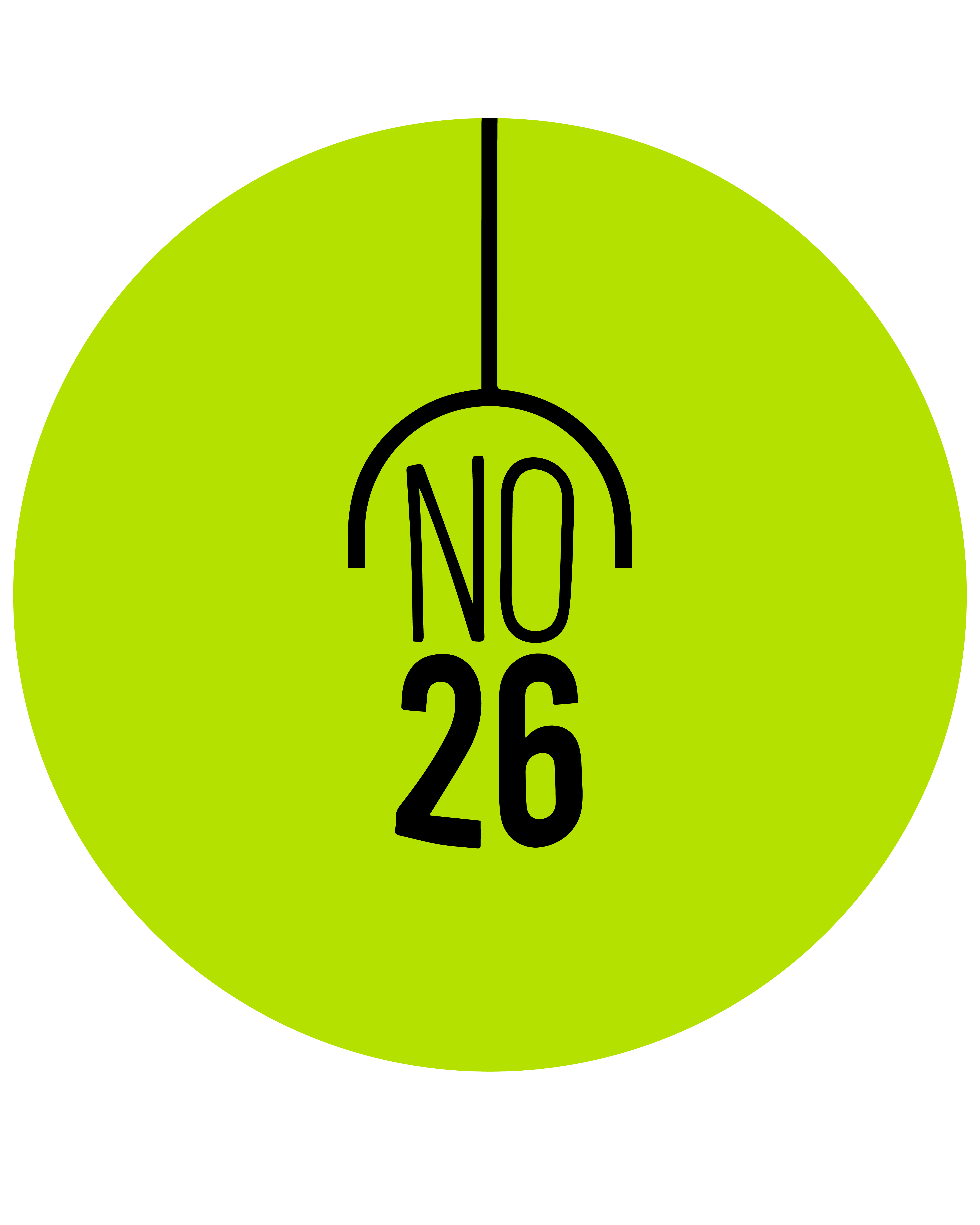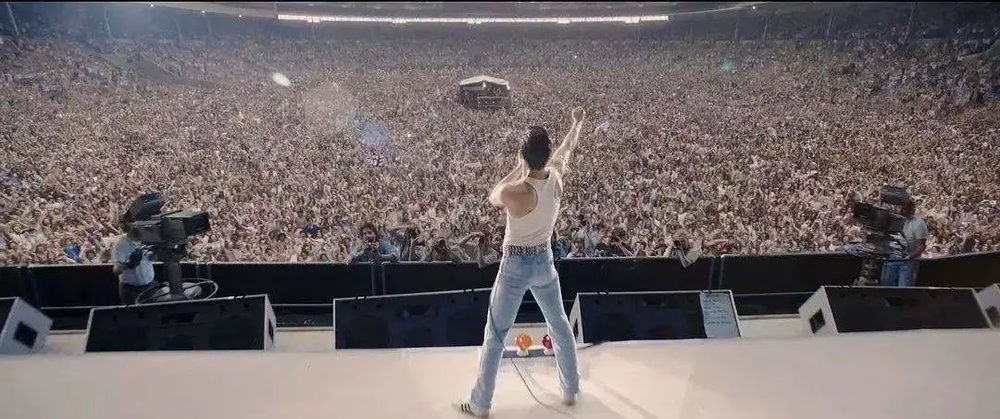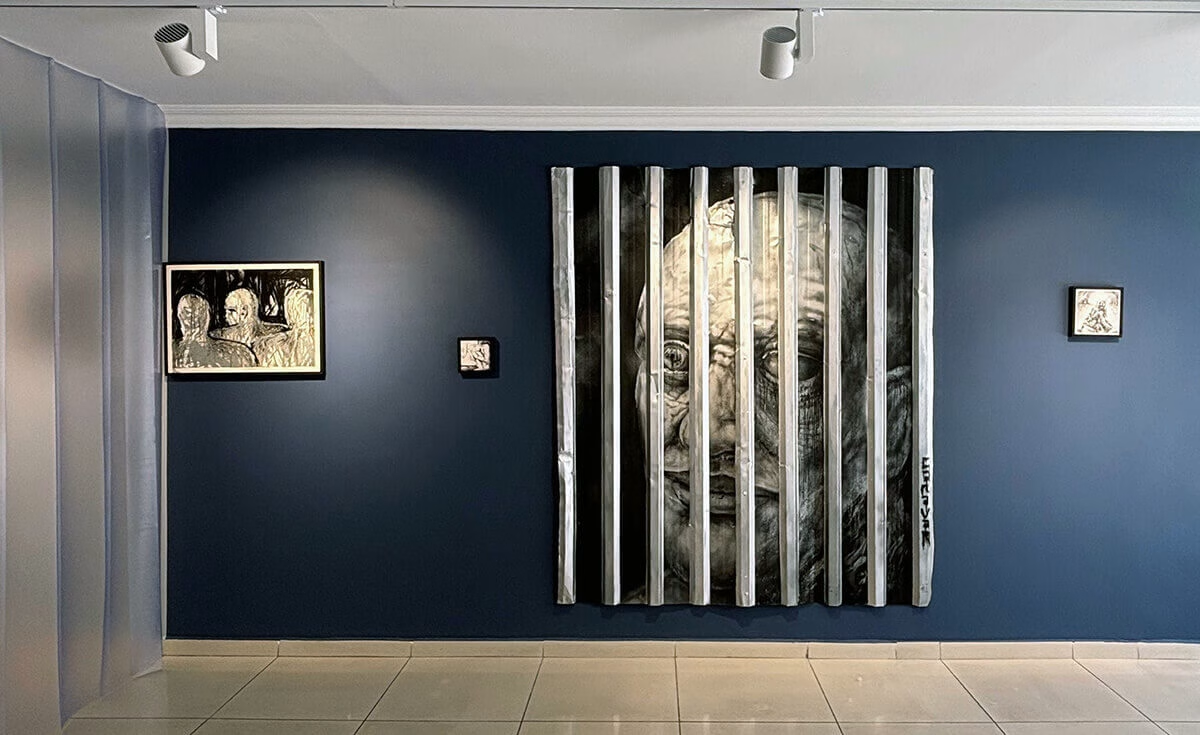On the evening of October 23, 1984, Bob Geldof, frontman of the fading pop band Boomtown Rats, was en route to a book launch in Mayfair. Before heading out, he caught a BBC news report by Michael Buerk detailing the devastating famine in Ethiopia.
In the recent retrospective Live Aid at 40: When Rock ‘n’ Roll Changed the World, we see striking footage of Geldof at that luxurious party, visibly shaken and criticizing the inappropriateness of enjoying champagne while others suffered. This tension between luxury and conscience serves as the backbone of this three-part series, which candidly examines Geldof’s ambitious yet flawed mission to harness the power of music to combat hunger. It presents a nuanced portrayal of a complicated individual grappling with an insurmountable challenge.
The series commemorates the monumental event of Live Aid, the massive concert Geldof organized in London and Philadelphia during the summer of 1985. However, the first episode focuses on the pivotal moment that sparked his fundraising effort: the creation of the iconic charity single “Do They Know It’s Christmas?” by the newly formed supergroup Band Aid.
Collaborating with Midge Ure of Ultravox, Geldof organized an impromptu gathering of Britain’s music elite in a west London studio on November 25, 1984. This unprecedented move, which brought together numerous A-list artists eager to respond to the Buerk report, was a remarkable achievement in itself.
In today’s world, such a collaborative project seems nearly impossible; contemporary celebrity charity efforts are often limited to viral videos. Moreover, Geldof and Ure note that the 1980s music scene featured mostly working-class stars, a trend that has shifted in the current era. Despite the odds, many major acts—from Spandau Ballet to Duran Duran and Phil Collins to Bono—showed up, creating captivating footage that still resonates today.
One standout moment features George Michael perfecting a line in the studio, while Bono, during a later interview, reflects on the shared Irish “memory of famine” that fuels their commitment to the cause. Notably, Bono skillfully elevates the emotional tone with his delivery of one of the song’s most poignant lines.
As the record quickly soared to sales of millions, Geldof transformed from musician into activist. He met influential figures like Mother Teresa and boldly confronted political leaders, including a memorable encounter with Margaret Thatcher regarding VAT on record sales. His unfiltered response to her indifferent defense illustrates his passionate commitment to the cause.
The most powerful moment in the documentary occurs when Geldof recalls hearing “Do They Know It’s Christmas?” play on the radio while in a desolate Ethiopian landscape. Overwhelmed by emotion, he breaks down in tears as he reflects on the stark irony of the song’s lyrics against the backdrop of suffering. His candid admission of grappling with the notion of being a “white savior” is both poignant and haunting.
Future episodes will continue to explore whether Geldof navigated the delicate balance between activism and self-promotion, as well as the complexities of charity fund distribution. Yet, the historical impact of Live Aid as a cultural phenomenon is indisputable.
Live Aid at 40: When Rock ‘n’ Roll Changed the World aired on BBC Two and is available on iPlayer now.













